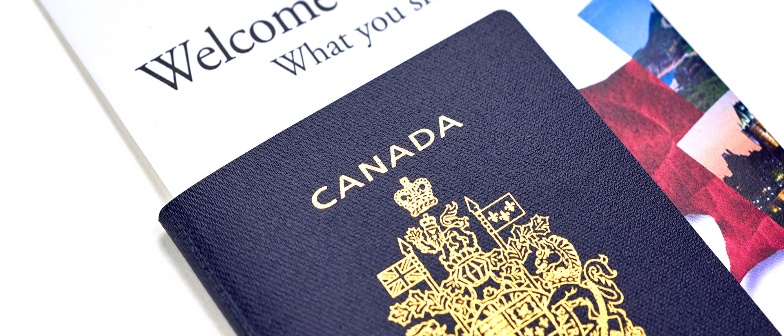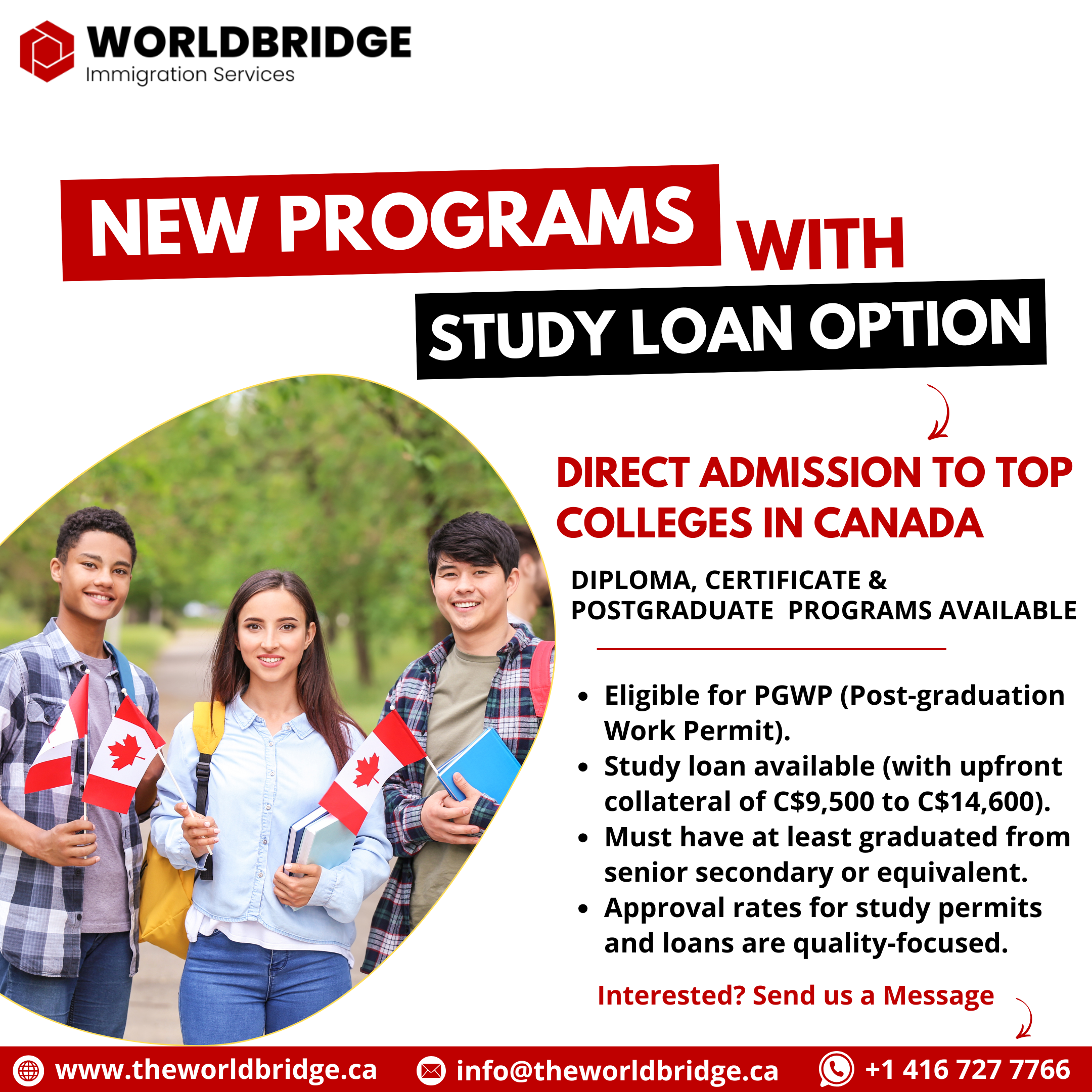Annually, countless individuals are compelled to abandon their homes due to conflict, persecution, and grave violations of human rights. Resettlement emerges as a critical option for these individuals, and Canada’s unique Private Sponsorship of Refugees Program stands as a beacon of hope, augmenting governmental resettlement initiatives. Pioneering Resettlement Solutions The program empowers Canadian citizens and organizations to take an active role in sponsoring refugees, reflecting a collective commitment to support and integrate those displaced. Established in 1978 during the Southeast Asian crisis, it has since facilitated the sponsorship of over 300,000 refugees, involving over a million Canadians in this compassionate endeavor. The Mechanics of Private Sponsorship Private entities assume the mantle of responsibility for refugee sponsorship, adhering to a structured process that aligns with stringent criteria. Eligibility Classes for Refugees Canada’s policies delineate refugees into two principal categories: Convention Refugees Abroad: Individuals fearing persecution due to various factors, necessitating their stay outside their home country. Country of Asylum Class: Those severely impacted by conflict or human rights abuses, lacking alternative long-term solutions. Decisions on eligibility rest with IRCC officers, contingent upon comprehensive evaluations, including interviews and documentation. Refugees undergo thorough medical and security screenings, with considerations for family ties in Canada, language proficiency, employability, and adaptability. Exclusionary Factors Certain scenarios preclude eligibility for resettlement, such as presence in Canada, unchanged circumstances following a previous sponsorship refusal, or the ability to assimilate in the current country or safely return home. Sponsorship Participants Eligible sponsors include: Sponsorship Agreement Holders: Organizations with formal agreements with the IRCC. Constituent Groups: Entities authorized by agreement holders to sponsor under their auspices. Groups of Five: Collectives of Canadian citizens or residents committed to refugee sponsorship. Community Sponsors: Local organizations or corporations in the refugees’ anticipated settlement area. Sponsors are tasked with providing comprehensive support for a year or until self-sufficiency is achieved, encompassing financial assistance, language training, and employment aid. Refugee Identification for Sponsorship Sponsors may identify refugees through: Sponsor Referred: Nomination by the sponsor, often through personal connections. Blended Visa Office Referred: Collaboration with the UNHCR and IRCC for travel-ready refugees, expediting the process. Advantages for Resettled Refugees Beneficiaries gain access to health insurance, federal health programs, child benefits, and permanent residency, ensuring a smooth transition into Canadian society. Epilogue The Canadian Private Sponsorship of Refugees Program exemplifies a synergistic model where civic engagement significantly bolsters refugee resettlement. Its adoption globally could offer sanctuary and new beginnings to those in dire need. Let Worldbridge Immigration Services be your guide to a successful future in Canada Contact us: Website: www.theworldbridge.ca Email: info@theworldbridge.ca Phone/WhatsApp: +1-416-727-7766 Social Media: @worldbridgeHQ
Temporary vs. Permanent Residence Visa: Making the Right Decision in Canada
Choosing between a temporary and permanent residence visa can significantly influence your future and opportunities. Understanding the distinctions, benefits, and pathways to transition from temporary to permanent residence is essential for making an informed decision. Here’s a detailed guide to assist you in navigating this critical choice. Understanding Temporary Residence Temporary residence visas allow individuals to stay in Canada for a specific period. The primary categories of temporary residence visas include: 1. Temporary Foreign Worker Program (TFWP): – Enables Canadian employers to hire foreign workers to address temporary labor and skill shortages. – Requires a job offer from a Canadian employer and a positive Labour Market Impact Assessment (LMIA). – Duration: Typically up to two years, but it can vary. 2. Study Permit: – Permits international students to study at designated learning institutions (DLIs) in Canada. – Requires a letter of acceptance from a DLI, proof of sufficient funds, and meeting health and security requirements. – Duration: Valid for the length of the study program. 3. Visitor Visa (Temporary Resident Visa – TRV): – For tourism, visiting family and friends, or short-term business activities. – Requires demonstrating the purpose of the visit, financial capability, and intent to leave Canada after the visit. – Duration: Generally valid for up to six months per visit. Exploring Permanent Residence Pathways Permanent residence (PR) in Canada offers long-term stability and access to various benefits. Key PR programs include: 1. Express Entry: – Includes the Federal Skilled Worker Program, Federal Skilled Trades Program, and Canadian Experience Class Program. – Requires work experience, language proficiency, education, proof of funds, and potentially a job offer. 2. Provincial Nominee Programs (PNPs): – Allows provinces to nominate individuals based on their specific labor market needs. – Requires intent to reside in the province and relevant skills and work experience. 3. Quebec Skilled Worker Program (QSWP): – For skilled workers wishing to settle in Quebec. – Requires proficiency in French and English and obtaining a Certificat de Sélection du Québec (CSQ). 4. Business Visas: – Includes the Start-Up Visa Program and the Self-Employed Persons Program. – Requires a letter of support from a designated organization and the ability to become self-employed in Canada. 5. Family Sponsorship Programs: – Allows Canadian citizens and permanent residents to sponsor relatives to come to Canada as permanent residents. Transitioning from Temporary to Permanent Residence There are several pathways to transition from temporary residence to permanent residence: 1. Gaining Canadian Work Experience: – Obtain Canadian work experience through programs like the Canadian Experience Class under Express Entry or post-graduation work permits (PGWPs). – Family sponsorship can also facilitate this transition if a family member in Canada sponsors you. 2. Leveraging Study and Work Opportunities: – Complete a diploma, degree, or certificate program and transition from a study permit to a PR program. – Secure a job offer and transition from a work permit to PR through employer-supported pathways. 3. Improving Language Skills and Education: – Enhance language proficiency in English or French to improve your Comprehensive Ranking System (CRS) score. – Obtain a provincial nomination, which adds 600 points to your CRS score, significantly increasing your chances of receiving an invitation to apply for PR. Considerations for International Students and Skilled Workers International Students: – Benefit from high-quality education at globally recognized institutions. – Have work opportunities up to 20 hours per week during academic sessions and full-time during scheduled breaks. – Can explore pathways to PR through programs like the Canadian Experience Class and Provincial Nominee Programs. Skilled Workers – Navigate pathways to PR through the Express Entry system and its programs. – Consider professional nominee programs that target specific skills and work experiences required by different provinces. – Explore other PR programs like the Atlantic Immigration Program and the Rural and Northern Immigration Pilot Program. Conclusion Choosing between a temporary and permanent residence visa requires careful consideration of your long-term goals, financial situation, and eligibility criteria. Temporary residence can provide immediate opportunities for work, study, and exploration, while permanent residence offers stability, benefits, and the potential for citizenship. Understanding the pathways and making informed decisions will help you achieve your immigration goals in Canada. Let Worldbridge Immigration Services be your guide to a successful future in Canada Contact us: Website: www.theworldbridge.ca Email: info@theworldbridge.ca Phone/WhatsApp: +1-416-727-7766 Social Media: @worldbridgeHQ
Understanding the Educational Landscape in Canada: An Immigrant’s Primer
Education is a cornerstone of Canadian society, with a well-organized system that supports learners from early childhood to post-secondary levels. Administered by provincial authorities, each region tailors its curriculum to uphold consistent educational standards nationwide. For newcomers, understanding how to integrate their children into this system is crucial. Early Learning: Prior to mandatory schooling, youngsters below five years may participate in daycare or preschool programs. Kindergarten, catering to four to five-year-olds, is generally optional but compulsory in New Brunswick, Prince Edward Island, and British Columbia. Formal education commences between six or seven years of age with the first grade. Primary and Intermediate Schooling: Primary education stretches from grade one through six, where pupils are usually taught by a single educator for most subjects. Intermediate schooling varies per province but typically encompasses grades six to nine. In Ontario, it consists solely of grades seven and eight. This phase prepares students for the diverse teaching styles they will encounter in secondary school. Secondary Education: Secondary school spans grades nine to twelve. In Quebec, students conclude secondary education by grade eleven before proceeding to CEGEP. Secondary schools provide a variety of vocational and scholarly programs, leading to graduation with a diploma. Higher Education Opportunities: Beyond secondary school, learners can opt for higher education at various colleges or universities. With over 200 academic institutions nationwide, undergraduate tuition fees for Canadians average $6,580 per year, with numerous financial support options available. Diverse Educational Routes: – Trade Schools: Specialize in career-specific training after secondary school. – Independent and Faith-Based Schools: These may be privately funded and typically incur higher tuition costs. – Home Education: Permitted across all provinces with differing degrees of regulation. Immigrant Enrollment Steps: 1. Investigate: Begin by exploring educational institutions in your locality and comprehend the distinct enrollment prerequisites for each province. 2. Preparation: Assemble essential documents such as residency proof, your child’s birth documentation or passport, and health immunization records. 3. Engage with Schools: Directly approach schools for enrollment forms and further stipulations. 4. Language Proficiency Evaluation: Children who are not native speakers of English or French might require language proficiency evaluations. 5. Special Education Needs: For children with special needs, inquire about tailored educational programs and assistance. 6. Enrollment Timelines: Keep track of enrollment periods to secure a place in the preferred institution. Academic Success Strategies: – Opt for regulated early learning centers. – Actively participate in your child’s scholastic life by tracking their academic progress and aligning with the school’s schedule. – Promote involvement in after-school activities and consider additional tutoring support if needed. – Establish an RESP to financially prepare for post-secondary education expenses. Let Worldbridge Immigration Services be your guide to a successful future in Canada Contact us: Website: www.theworldbridge.ca Email: info@theworldbridge.ca Phone/WhatsApp: +1-416-727-7766 Social Media: @worldbridgeHQ
How to access healthcare In Canada. Healthcare for newcomers
Navigating the intricacies of the Canadian healthcare system can often present a challenge for newcomers. This comprehensive guide aims to demystify the process, providing vital information for both temporary and permanent residents on securing medical services and understanding the operational framework of healthcare in Canada. Deciphering Canada’s Healthcare System The cornerstone of Canada’s healthcare system lies in its public funding and provincial management. This structure ensures that coverage and access to services are tailored to the unique needs of each province, with residency status playing a pivotal role in determining eligibility. Healthcare Provisions for Temporary Residents Visitors: Lacking eligibility for provincial healthcare coverage, visitors to Canada are advised to secure medical insurance to safeguard against emergency medical expenses during their stay. Students: Student temporary residents typically benefit from private insurance, often integrated into tuition fees, which provides coverage for a range of medical services. Workers: In Ontario, temporary workers may be eligible for an OHIP card, contingent upon: – Engagement in full-time employment (minimum of 30 hours weekly). – Occupying a permanent job position with a duration of at least six months. Prospective OHIP cardholders must furnish either a job contract or an employer-issued letter confirming their employment status. It is crucial to note the three-month waiting period preceding the commencement of OHIP coverage, during which temporary medical insurance is highly recommended. Healthcare for Permanent Residents Permanent residents in Ontario are entitled to OHIP coverage, independent of employment status. The application process involves visiting a Service Ontario center with proof of residence, such as a utility bill. Similar to temporary workers, there is a three-month waiting period for OHIP coverage activation, suggesting the need for temporary medical insurance during this interim. Medical Service Accessibility Post-coverage by OHIP, residents are entitled to free consultations with most physicians and specialists. However, doctor shortages may lead to appointment delays. Healthcare Connect, a program assisting in family doctor allocation, proves invaluable, especially for permanent residents, and can be arranged prior to Canadian arrival. For individuals with supplementary medical insurance via their employer, it is imperative to recognize that such benefits are contingent upon the possession of an OHIP card. A thorough understanding and navigation of the Canadian healthcare system necessitate cognizance of one’s residency status and the requisite steps for securing suitable coverage. While temporary residents typically depend on private insurance initially, permanent residents must register for provincial healthcare which may also necessitate temporary insurance during the waiting period. Given potential delays in accessing medical services, engagement with programs like Healthcare Connect is instrumental in ensuring uninterrupted and comprehensive care. Let Worldbridge Immigration Services be your guide to a successful future in Canada Contact us: Website: www.theworldbridge.ca Email: info@theworldbridge.ca Phone/WhatsApp: +1-416-727-7766 Social Media: @worldbridgeHQ






